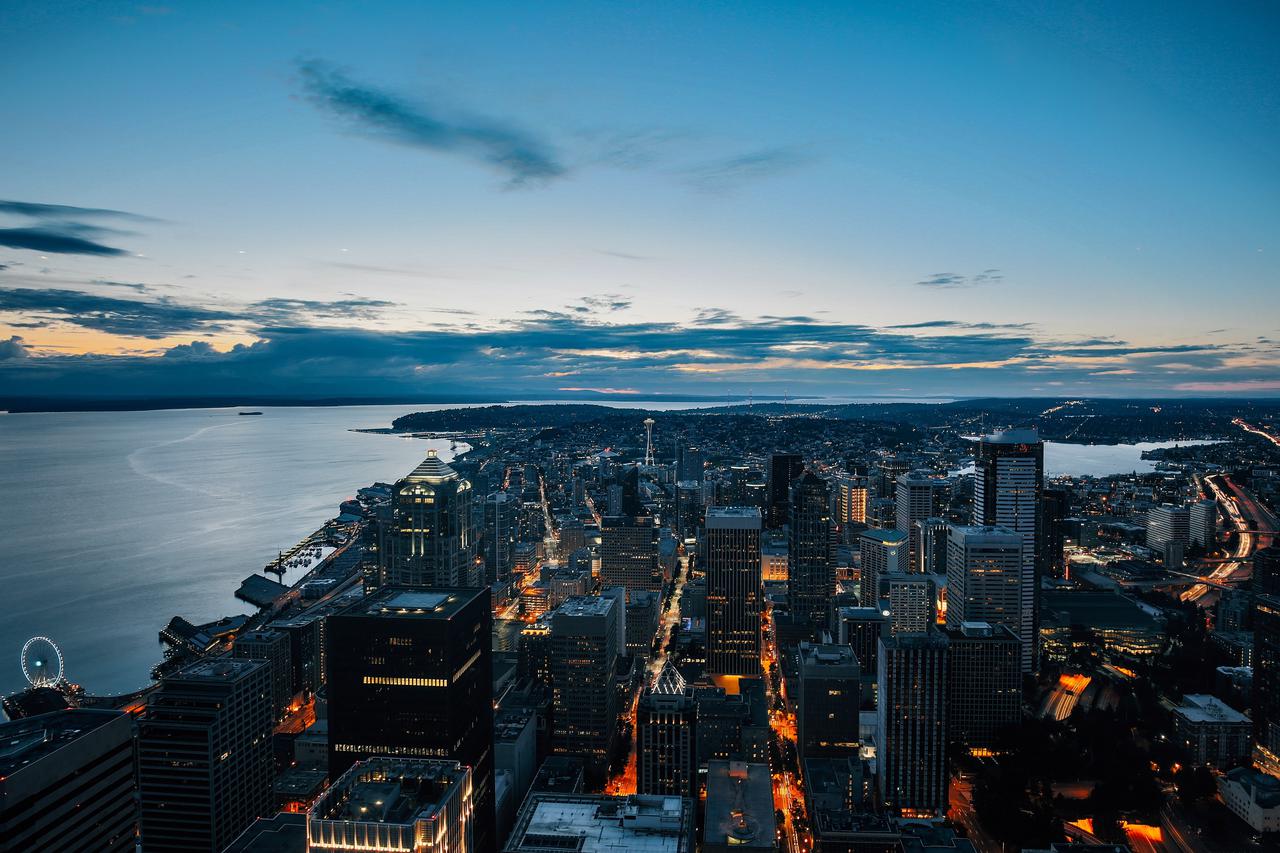In an ever-evolving world, the art of movement breathes life into our understanding of creativity. Dynamic movement transcends the boundaries of mere aesthetics, inviting us to explore the fluidity and energy found in artistic expression. Whether it’s the graceful sway of a dancer, the rhythmic brushstrokes of a painter, or the pulsating vibrations of music, movement serves as a potent catalyst that awakens our senses and invigorates our imaginations. By embracing the significance of dynamic movement, we unlock new dimensions of creativity that reflect our diverse human experiences.
This exploration takes us beyond the canvas and stage, revealing how dynamic movement shapes not just individual works of art but also the very fabric of our culture. As we delve into the cultural reflections of movement, we uncover how artists draw inspiration from the rhythms and flows of life around them. This interplay between movement and creativity cultivates transformative experiences, encouraging us to rethink and redefine our artistic landscapes. Join us as we embark on this journey to highlight the profound impact of dynamic movement in art and culture, and discover how it shapes our collective understanding of creativity.
Unleashing creativity: The power of dynamic movement in art
Dynamic movement breathes life into art, igniting creativity in both artists and audiences. Artists who embrace motion, whether through the brushstrokes of a painting or the rhythm of a dance, engage viewers on a deeper emotional level. When we witness a dancer’s fluid motions or a painter’s sweeping gestures, we experience a visceral connection that transcends the static nature of traditional art forms. This sense of movement inspires not only admiration but also invites reflection, allowing us to explore our own emotional responses and creative impulses.
Moreover, dynamic movement offers a powerful tool for experimentation and innovation within the artistic process. Artists often manipulate physical movement to challenge conventional boundaries, creating pieces that resonate with the pulse of contemporary life. By exploring the dynamics of space and time, they evoke a sense of urgency and relevance, making their work resonate with the current cultural moment. This ceaseless exploration of movement cultivates an environment ripe for creative expression, reminding us that art is not a stagnant relic but a living dialogue shaped by the energy of our experiences.
Cultural reflections: How dynamic movement shapes our artistic landscapes
Dynamic movement in art cultivates an engaging dialogue between artists and their cultural contexts. From the fluid brushstrokes of Impressionism to the rhythmic patterns in contemporary dance, artists draw upon the vitality of movement to express both individual and collective experiences. Each artwork becomes a reflection of the society from which it originates, showcasing how cultural shifts and social dynamics influence artistic expression. By embracing the energy of movement, creators encapsulate the pulse of their time, fostering a deeper connection between the artwork and its audience. As viewers engage with these dynamic forms, they gain insight into the cultural narratives that shape artistic landscapes.
Furthermore, dynamic movement serves as a catalyst for cultural exchange and collaboration. Artists from diverse backgrounds integrate movement into their work, facilitating conversations across genres and disciplines. This cross-pollination of ideas not only enriches artistic practices but also challenges traditional boundaries. For example, the fusion of traditional dance with modern performance art creates innovative expressions that challenge audiences to rethink their perceptions of culture and creativity. In this way, dynamic movement not only transforms individual artworks but also reshapes the broader artistic dialogue, encouraging a more inclusive and fluid understanding of creativity in our global society.
Transformative experiences: Embracing the significance of movement in creativity
Movement serves as a catalyst for transformative experiences in the realm of creativity. Artists are constantly challenged to push boundaries, and dynamic movement offers a framework for them to explore new dimensions of expression. Whether through dance, kinetic sculpture, or visual arts, the fluidity of motion invites artists to engage with their medium in innovative ways. This embrace of movement not only enriches the creative process but also fosters a deeper connection between the artist and the audience. As viewers, we become participants in this dynamic interplay, experiencing art that evolves in response to our presence and interpretation.
Moreover, the significance of movement transcends traditional artistic mediums, permeating various aspects of culture. For example, in theater or performance art, the choreography of movements tells a story that resonates on a visceral level. Similarly, in visual arts, the depiction of motion, whether it be through brush strokes or sculptural forms, can evoke emotions that static pieces might not achieve. This constant dance of ideas and expressions reinforces our understanding of creativity as an active, ever-evolving force. By embracing the dynamic nature of movement, we open ourselves to exciting possibilities, nurturing a culture that celebrates both the fluidity of creativity and the transformative experiences it brings.

